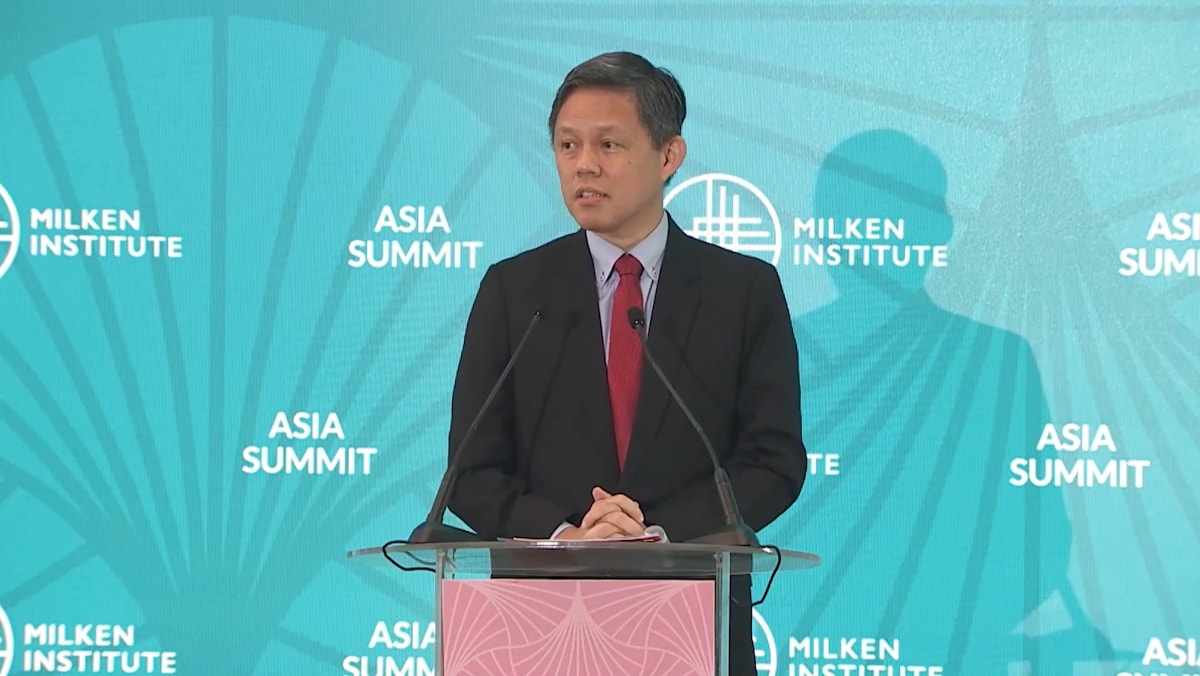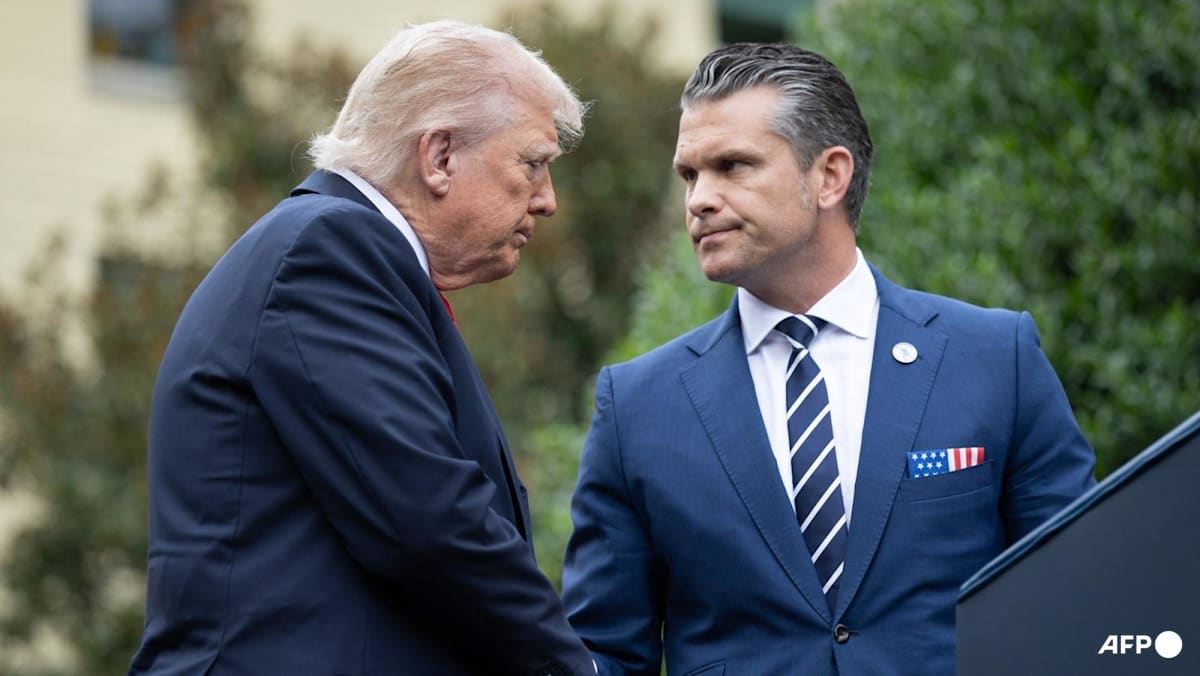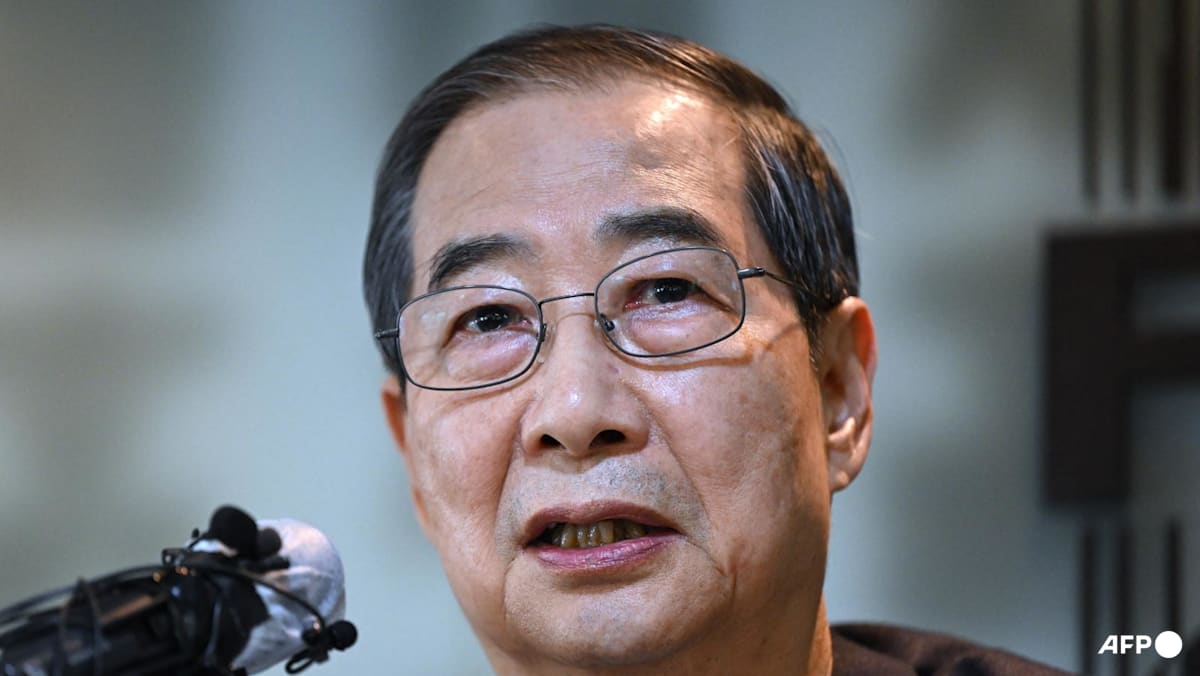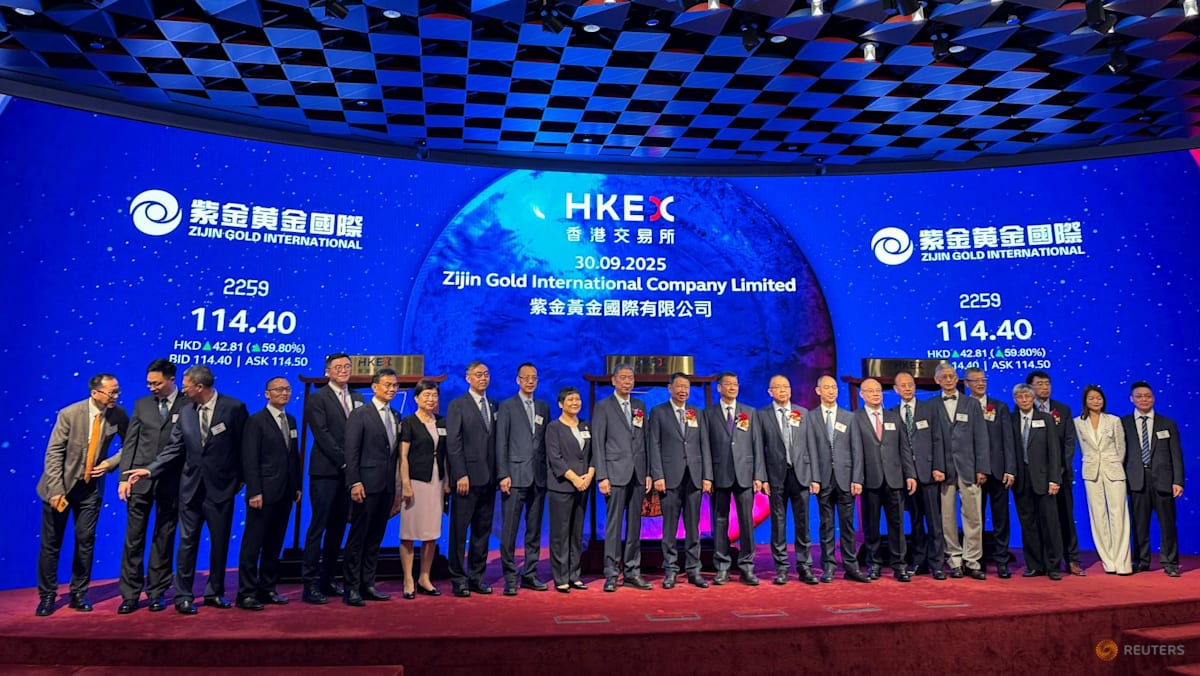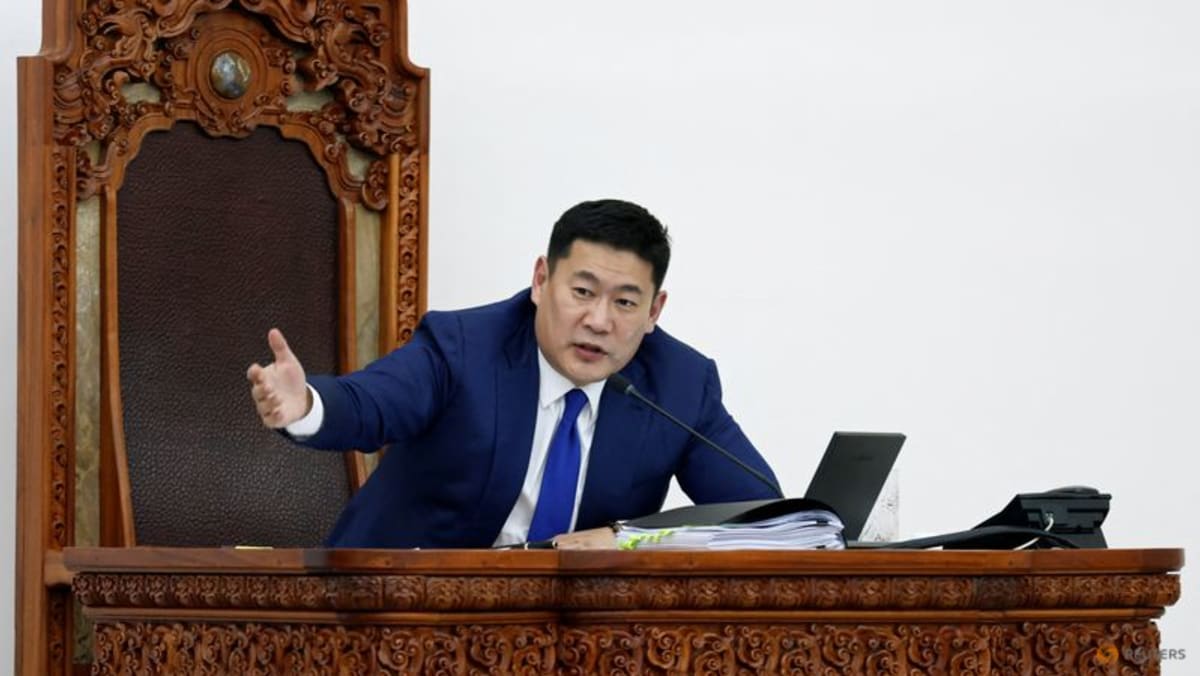SINGAPORE: The International Monetary Fund (IMF) has said it is closely monitoring developments in the Middle East as the conflict between Israel and Iran sends markets into a tailspin.
The international financial institution’s first deputy managing director Gita Gopinath said that while oil prices have risen, they appear to show limited volatility at the moment.
“As of now, the movements in oil prices have been fairly orderly,” she told CNA on Wednesday (Jun 18).
“They've gone up some, but there has not been a dramatic increase in oil prices. At the levels at which they are right now, the impact should be fairly contained for the world.”
Oil prices have gained about 10 per cent since Israel launched strikes on Iran’s nuclear and military structure around a week ago. Both sides have been engaged in retaliatory aerial attacks ever since.
Markets are bracing for disruptions to supplies if the conflict continues to escalate. Iran has threatened to block the Strait of Hormuz, a critical channel for oil trade linking the Persian Gulf to the Gulf of Oman.
“A lot depends upon the scale of this conflict and whether it becomes a broader conflict, in which case, of course, the consequences could be much more severe,” Gopinath said.
She noted that most Asian economies are likely able to cope if oil prices increase, on the back of easing inflationary pressures.
“For most Asian economies at this point, inflation is coming down. So, at least in terms of the trajectory for inflation, I think most Asian countries are better placed to handle an external event that drives energy prices up,” she said.
A looming key concern for the world economy, however, is heavy tariffs imposed by the United States, Gopinath said.
US President Donald Trump – since his return to the White House in January – has threatened varying levels of tariffs across trading partners, throwing global markets into uncertainty.
OUTLOOK DOWN FOR 2025/2026
In April, in the thick of Trump’s tariff blitz, the IMF sharply cut its projection for the 2025 world output growth to 2.8 per cent from 3.3 per cent. Next year’s forecast was also reduced by 0.3 percentage points to 3 per cent.
Gopinath said that while the IMF has downgraded the estimates, things could change amid the turbulent outlook, especially come July when negotiations for Trump’s tariffs conclude.
That is when the temporary 90-day suspension of tariffs above the baseline 10 per cent will end. Trading partners are in the meantime scrambling to negotiate.
“There is considerable uncertainty around these forecasts, because the policy environment is changing all the time when it comes to tariffs. So, we have to wait and see how that plays out,” Gopinath noted.
Still, she said the world economy has been “somewhat resilient” in the first half of the year, reflecting a degree of front-loaded trade activity in both exports and imports.
However, Gopinath warned of multiple risks to global growth for the rest of the year, as tariff effects come into play.
“Economies in Asia that are very reliant on trade with the world – the consequences can be much more significant than larger economies like Europe and the US, where they're much less reliant on external demand for their growth,” she said.
“But with the global economy projected to slow, I think everybody faces headwinds.”
This includes the US which, by imposing tariffs, could bring about negative outcomes for itself, such as weakening output and rising prices for goods.
US RISKS INFLATION
The IMF has slashed its estimates for American economic growth by 0.9 percentage points to 1.8 per cent for the year. It also increased its forecast for US inflation by about 1 percentage point to 3 per cent.
Gopinath said Trump’s tariffs have “real consequences” for the world as an inflation spike in the US will have a ripple impact.
“There are very high levels of uncertainty … (which) affect investment. We are seeing geopolitical considerations being a bigger factor in who trades with whom,” she said.
She pointed to Vietnam, which has emerged as a “connector country” for Chinese goods to pass through indirectly to the US. But with threats of a crippling 46 per cent tariff, Hanoi is rushing to crack down on the shipment of Chinese goods to America.
US tariffs on China are also set to affect regional countries as Beijing redirects exports and shifts production to cushion the blow.
“As China's trade with the US is dropping quite significantly, its trade is getting rerouted to the ASEAN (Association of Southeast Asian Nations) region, other regions in Asia and to Europe,” said Gopinath.
“So, there is a question about whether this could have a disinflationary effect on many of these regions, as China sells more of its goods (there).”






